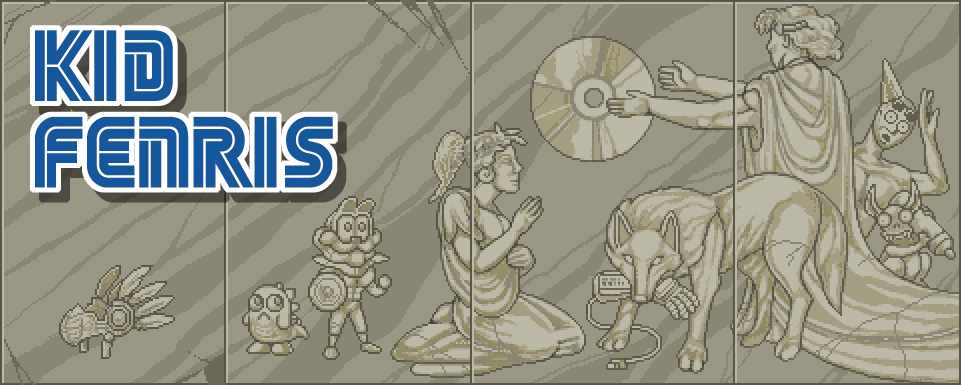This was considerably important to Sega’s target market: the teenage boys who had outgrown Nintendo and didn’t know it yet. Their hormones stewed in secret disdain for the largely sanitized NES library and the kid-safe pages of Nintendo Power. Young gamers might see something suggestive on the NES covers of Battle Chess or Swords and Serpents, but those were rare finds in the Nintendo-bordered aisles of Toys R Us or Kay-Bee. Nintendo defined more childhoods than Sega ever could, but Nintendo rarely pushed things past the level of a PG-rated movie.

Sega possessed no such scruples. The covers of Genesis games embraced sexuality whenever they could, and Sega proper led the charge with the Vallejo-grade adornments of Golden Axe II and Alisia Dragoon, the horror-movie luridness of Night Trap, and whatever was going on with Altered Beast. Like the comics and imported anime that youngsters embraced in the 1990s, Sega’s games strove to show that they were not kid stuff.
Yet there’s one piece of Sega packaging more sexual than any other: the back cover of Strider.

There’s no need for literary analysis. Strider's pitch quickly casts both hero and player as “a crunching hulk of muscle.” What’s Strider crunching? That’s not clear, but he’ll stiff-arm his way through enemies that end up “shuddering heaps.” Next come the "alluring Amazones” who will “turn your mind manic,” and then it’s on to the snarling musclemen, grappling with our hero in a biceps-bursting embrace. My hat goes off to the writer of this, as it snuck risqué material into an innocent product even more slyly than the original VHS cover of Disney’s The Little Mermaid.
Amusingly enough, Strider itself isn’t a very suggestive game. It’s a weird one, to be sure, but the closest it gets to sexuality is a cadre of jungle amazons and their odd semi-German battle cries.

There’s a story behind that, in fact. According to the ever-informative The Cutting Room Floor, Strider’s amazons at first walked around with one breast uncovered, as consistent with ancient Greek depictions of their kind. Capcom quickly changed this, of course.
Capcom’s solution was to affix leaves over the exposed breasts, and the whole thing seems really obvious once you know the story. The leaves don’t really fit with the amazons’ palette, and they actually disappear during animation frames that wouldn’t reveal anything in the first place. The Genesis version makes it even more apparent by giving the women slightly redesigned outfits instead of leaf-tops.
I find it amazing that someone, perhaps even Strider director Kouichi Yotsui, considered showing this in the first place. Strider ended up in arcades around the world, and I can only imagine what would’ve happened if the first round of cabinets had shipped with actual nudity in the game. Cynical conjecture suggests that the game would’ve sold better, perhaps prompting Capcom to make Strider sequels a little more often. Yet it would never have made it into the Genesis version. Even Sega’s sex appeal had limits.
